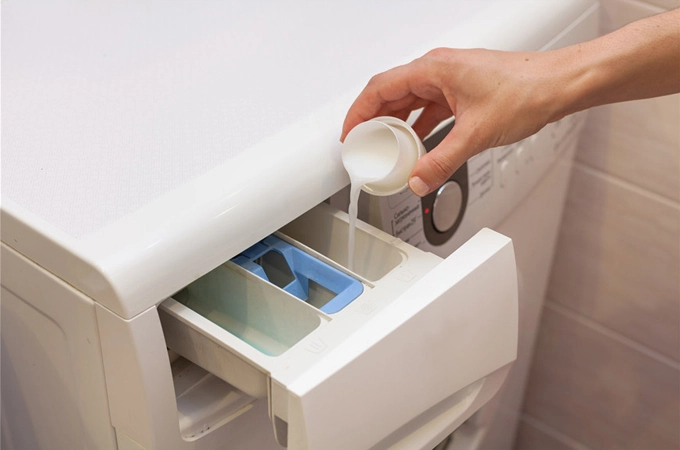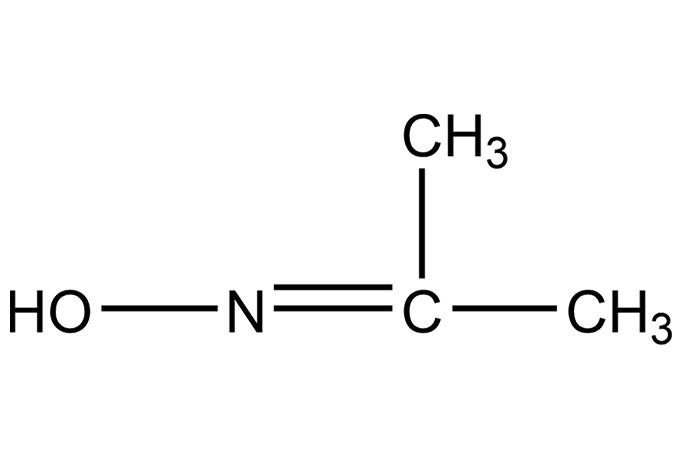1. Select the appropriate coupling agent according to different fillers
Coupling agents can be generally divided into: silane coupling agents, titanate coupling agents and other types of coupling agents according to their chemical structures.
Generally, the functional groups at both ends of the coupling agents react with the dispersed phase of the filler and the matrix polymer, respectively. Due to different fillers, the coupling effect is very different. For example, silane coupling agent has a significant effect on silica, aluminum oxide, glass fiber, clay, silicate, silicon carbide, etc. Aluminum, wollastonite, iron powder, alumina, etc. are slightly less effective, less effective on asbestos, titanium dioxide, ferric oxide, etc., and have little effect on calcium carbonate, graphite, carbon black, barium sulfate, calcium sulfate, etc.
For fillers with thiol groups on the surface, the coupling effect of silane coupling agents is large, while for carbonates, sulfates, sulfites, etc. of calcium, magnesium and barium, the coupling effect of silane coupling agents is not obvious. . If the surface of filler particles without thiol groups is treated with a hydrosol of silica, and then a silane coupling agent is used, a better coupling effect will be produced at this time. This treatment method is called double coating method.
Both the titanate coupling agent and the aluminate coupling agent can treat the surface of the filler, but the effect of the treatment has a certain specificity.
For example, the fillers with better treatment effect of titanate coupling agent are calcium carbonate, barium sulfate, calcium sulfate, calcium sulfite, aluminum hydroxide, magnesium hydroxide, calcium silicate, aluminum silicate, titanium self-powder, asbestos, oxide Aluminum, ferric oxide, lead oxide, ferrite, etc.; fillers with less effective treatment include mica, silica, magnesium oxide, calcium oxide, etc.; fillers with poor treatment effect include talcum powder, carbon black, wood powder ; There are almost no effect of graphite, magnetic powder, clay, general pigments, etc. However, it should also be determined according to the specific variety, brand, and dosage of the coupling agent.
2. How to choose the correct coupling agent?
Before selecting a coupling agent, the moisture content of the filler used should be measured first, and the specific variety should be determined according to the moisture content and the characteristics of the aforementioned various titanates. The dry filler should be monoalkoxy type, and the wet filler is optional Chelation type or monoalkoxy pyrophosphate type.
When selecting a coupling agent, the melting point, crystallinity, molecular weight, performance, aromaticity, grease, and copolymer structure of the polymer should also be considered. For thermosetting polymers, the curing temperature and curing mechanism should also be considered. Shape, specific surface, moisture content, acidity and alkalinity, chemical composition, etc. can all affect the coupling effect. Generally, the coupling effect of coarse particle fillers is not as good as that of fine particles, but the effect of ultrafine (such as CaCO3 ≥ 2000 mesh) fillers is the opposite phenomenon.
The amount of coupling agent is generally 0.5--3% of the weight of the treated material, and the recommended amount is 8--1.5%. Its dosage and effect are not directly proportional. If the amount is too large, the excess of the coupling agent will reduce the performance. If it is too small, the effect will not be significant due to incomplete encapsulation. Therefore, it is necessary to test out the appropriate dosage during application, so as to be both economical and effective.
Due to the small amount of titanate coupling agent, in order to make it play its due effect, it must be uniformly dispersed in the filler (or pigment, etc.), otherwise, the coupling effect cannot be achieved.
 English
English 日本語
日本語 한국어
한국어 français
français Deutsch
Deutsch Español
Español italiano
italiano русский
русский português
português العربية
العربية tiếng việt
tiếng việt

